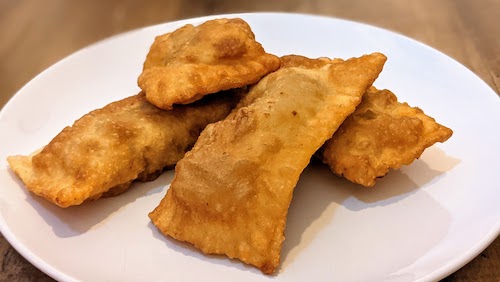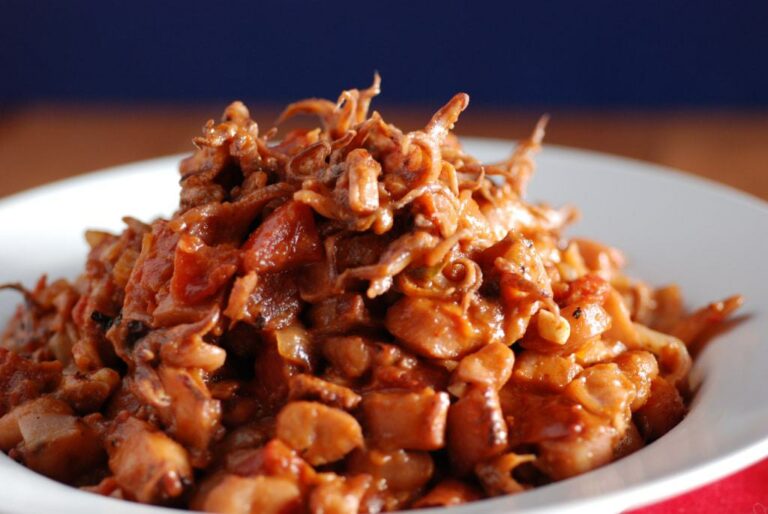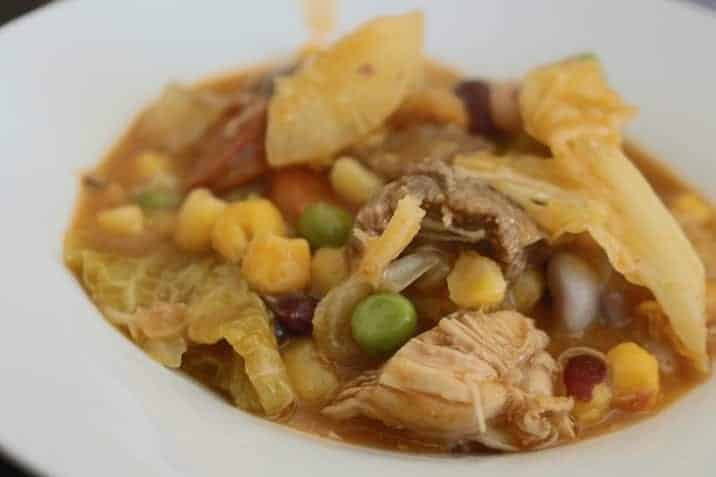Introduction: Cabo Verde’s Sweet Tooth
Cabo Verde, also known as Cape Verde, is an archipelago located off the coast of West Africa. The island nation boasts a rich culinary heritage that reflects its diverse cultural influences. From savory stews to spicy grilled meats, Cabo Verdean cuisine is celebrated for its bold flavors and hearty dishes. But when it comes to satisfying sweet cravings, Cabo Verde has a few tricks up its sleeve as well.
Cuscuz: A Corn-Based Sweet Treat
Cuscuz is a traditional Cabo Verdean dessert made from cornmeal, sugar, and water. The mixture is cooked until it forms a thick pudding-like consistency, which is then poured into a mold and left to set. Once cooled, the cuscuz is usually cut into slices, drizzled with honey or molasses, and served with a sprinkle of cinnamon. This simple yet satisfying dessert is a popular treat during festive occasions and family gatherings.
Gofio: A Simple and Versatile Dessert
Gofio is a type of flour made from roasted grains such as corn, wheat, or barley. It is a staple ingredient in Cabo Verdean cuisine and is used to make a variety of dishes, including desserts. To make a gofio-based dessert, the flour is mixed with sugar and water to form a dough. The dough is then shaped into balls or patties and baked until firm. Gofio desserts can be served plain or flavored with cinnamon, vanilla, or lemon zest, making them a versatile treat for any occasion.
Flan and Pudim: Creamy Custard Delights
Flan and pudim are two variations of a classic custard dessert that are popular in Cabo Verde. Both desserts are made from a creamy mixture of eggs, milk, and sugar that is baked until set. Flan is typically served with a caramel sauce, while pudim is served with a sweetened condensed milk sauce. These velvety desserts are a favorite among Cabo Verdeans and are often enjoyed as a special treat after a meal.
Queijadas: Cheese-Filled Pastries
Queijadas are small, cheese-filled pastries that are a staple dessert in Cabo Verde. The pastry is made from a mixture of flour, butter, sugar, and egg yolks, which is then filled with a mixture of fresh cheese, sugar, and cinnamon. The pastries are then baked until golden brown and served warm. Queijadas are a beloved dessert in Cabo Verde and are often enjoyed with a cup of coffee or tea.
Bolo de Mel: Cape Verdean Christmas Cake
Bolo de Mel, or Cape Verdean Christmas Cake, is a traditional holiday dessert in Cabo Verde. The cake is made from molasses, honey, and spices, such as cloves and cinnamon. The mixture is then mixed with flour, eggs, and butter to form a thick batter, which is poured into a cake pan and baked until golden brown. Bolo de Mel is a dense and moist cake that is often served with a dollop of whipped cream or a sprinkle of powdered sugar.
Papaya and Coconut Pudding: A Tropical Delight
Papaya and coconut pudding is a refreshing and tropical dessert that is popular in Cabo Verde. The pudding is made from a mixture of fresh papaya, coconut milk, sugar, and cornstarch, which is then cooked until thick and creamy. The pudding is then poured into individual bowls and chilled until set. The combination of sweet papaya and creamy coconut milk makes this dessert a delicious and healthy treat.
Tchak-tchak: Fried Dough with Honey Syrup
Tchak-tchak is a fried dough dessert that is popular in Cabo Verde. The dough is made from flour, sugar, eggs, and butter, which is then rolled into small balls and fried until golden brown. The fried dough balls are then soaked in a syrup made from honey, sugar, and water, giving them a sweet and sticky coating. Tchak-tchak is a simple yet satisfying dessert that is perfect for satisfying any sweet cravings.




